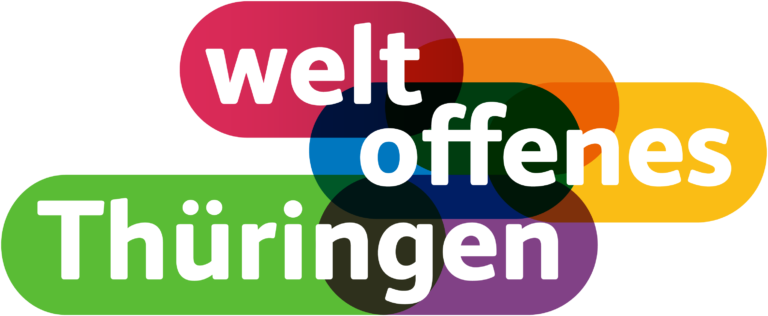Neonatal dried blood spots as a valuable resource for metabolomics studies
Neonatal dried blood spots are dried heel prick samples that are collected shortly after birth and have proven to be a powerful sampling and storage method for newborn screening for treatable congenital disorders. Currently, over 2.5 millions samples are stored at the Danish National Biobank at Statens Serum Institut. The dried blood spots are made of whole blood, which means that both cellular and extracellular compounds are present. Their widespread availability and the wealth of information they contain make them an important tool for improving our understanding of early disease detection and treatment. Untargeted LC-MS-based metabolomics studies are a promising avenue for investigating the potential metabolic etiologies of various diseases.
Metabolite stability
So far, neonatal dried blood spots have been little explored in metabolomics studies. Moreover, it is unclear whether the metabolites in neonatal dried blood spots remain stable in storage, which could limit the usefulness of these samples for metabolomics studies. A group of researchers at Statens Serum Institut investigated the metabolite stability in neonatal dried blood spots, that have been stored for a decade at −20 °C, using an untargeted LC-MS/MS protocol1. Measurements were made using UHPLC coupled to Q-TOF in positive ionization mode and auto MS/MS.
Metabolite annotation
The researchers submitted the MS2 fragmentation spectra to ion identity feature-based mass spectral molecular networking with GNPS2,3. They incorporated substructure information into the network using the GNPS MS2LDA workflow4, and performed in silico structure annotations using Sirius+CSI:FingerID5,6 and Network Annotation Propagation7. Chemical class annotations were done with CANOPUS8,9. To analyze the overall variation in the metabolite data, they conducted principal component analysis and assessed associations between principal components and storage time using linear regression models. They also identified putative degradation between the detected metabolite features.
Majority of the metabolites remains stable over time
The group measured a total of 731 mass spectral features with unique MS/MS fragmentation patterns that were present in at least 5% of the samples. The majority of the metabolites remained stable over storage time. Only 152 metabolites were found to be unstable. The levels of around half of them increased while the remaining metabolites decreased. The researchers assigned about one third of these unstable metabolites to a metabolite class using CANOPUS*. They found decreasing trends for lipid-related metabolites, such as glycerophosphocholines and acylcarnitines.
Furthermore, they putatively annotated 24 of the unstable metabolites using CSI:FingerID. The levels of a few metabolites, such as glutathione and methionine, heavily influenced by extended storage time, should be closely monitored in future analyses. But for most of the unstable features, the effect of storage time was relatively small. The researchers also identified four putative transformation pathways, including the degradation of glutathione, phosphocholine, and trimethyltyrosine structural analogues.
CSI:FingerID and CANOPUS helped to shed light on the stability of the metabolome in biobanked dried blood spot samples. This study emphasizes the importance of carefully monitoring the effect of storage time on metabolite levels in future analyses.
- *Please be aware that CANOPUS always assigns a metabolite class but on different levels based on the ClassyFire ontology. We are not aware why in this study only one third of the metabolites have been assigned by the researchers.
References
- 1.Ottosson F, Russo F, Abrahamsson A, et al. Effects of Long-Term Storage on the Biobanked Neonatal Dried Blood Spot Metabolome. J Am Soc Mass Spectrom. Published online March 13, 2023:685-694. doi:10.1021/jasms.2c00358
- 2.Schmid R, Petras D, Nothias LF, et al. Ion identity molecular networking for mass spectrometry-based metabolomics in the GNPS environment. Nat Commun. Published online June 22, 2021. doi:10.1038/s41467-021-23953-9
- 3.Nothias LF, Petras D, Schmid R, et al. Feature-based molecular networking in the GNPS analysis environment. Nat Methods. Published online August 24, 2020:905-908. doi:10.1038/s41592-020-0933-6
- 4.Wandy J, Zhu Y, van der Hooft JJJ, Daly R, Barrett MP, Rogers S. Ms2lda.org: web-based topic modelling for substructure discovery in mass spectrometry. Stegle O, ed. Bioinformatics. Published online September 14, 2017:317-318. doi:10.1093/bioinformatics/btx582
- 5.Dührkop K, Fleischauer M, Ludwig M, et al. SIRIUS 4: a rapid tool for turning tandem mass spectra into metabolite structure information. Nat Methods. Published online March 18, 2019:299-302. doi:10.1038/s41592-019-0344-8
- 6.Dührkop K, Shen H, Meusel M, Rousu J, Böcker S. Searching molecular structure databases with tandem mass spectra using CSI:FingerID. Proc Natl Acad Sci USA. Published online September 21, 2015:12580-12585. doi:10.1073/pnas.1509788112
- 7.da Silva RR, Wang M, Nothias LF, et al. Propagating annotations of molecular networks using in silico fragmentation. Schlessinger A, ed. PLoS Comput Biol. Published online April 18, 2018:e1006089. doi:10.1371/journal.pcbi.1006089
- 8.Dührkop K, Nothias LF, Fleischauer M, et al. Systematic classification of unknown metabolites using high-resolution fragmentation mass spectra. Nat Biotechnol. Published online November 23, 2020:462-471. doi:10.1038/s41587-020-0740-8
- 9.Djoumbou Feunang Y, Eisner R, Knox C, et al. ClassyFire: automated chemical classification with a comprehensive, computable taxonomy. J Cheminform. Published online November 4, 2016. doi:10.1186/s13321-016-0174-y








